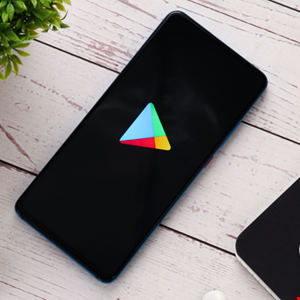- 3 ways to streamline cloud adoption and cloud security
- Get our favorite Nomad tech accessories for less thanks to open box and overstock sales - here's how
- How 'FinOps for AI' certification tackles your surging AI costs - and how to sign up
- Out of Office for Summer? Cybercriminals Are Just Getting Started
- These flagship OnePlus earbuds are a great buy at full price - but now they're even cheaper
Google Play Protect Bolsters Security Against Malicious Apps

Google has bolstered the security of Android devices with a significant update to Google Play Protect. According to the tech giant, this development is in response to the growing prevalence of cyber-threats targeting mobile devices.
Google Play Protect is an existing security feature that scans approximately 125 billion apps daily for malware and unwanted software.
The new enhancement, unveiled in a blog post today, introduces real-time code-level scanning; a proactive measure aimed at countering the evolving landscape of rogue apps.
“[Cyber-criminals are] turning to social engineering to trick users into doing something dangerous, such as revealing confidential information or downloading a malicious app from ephemeral sources – most commonly via links to download malicious apps or downloads directly through messaging apps,” wrote Steve Kafka, Google group product manager and Roman Kirillov, senior engineering manager.
To tackle these threats, the new real-time scanning feature conducts a comprehensive analysis of an app’s code during the installation process. It sends on essential data for thorough code-level evaluation.
“Once the real-time analysis is complete, users will get a result letting them know if the app looks safe to install or if the scan determined the app is potentially harmful,” Kafka and Kirillov explained.
This functionality is particularly effective against polymorphic apps that employ advanced techniques, including artificial intelligence, to evade detection.
Read more on polymorphic malware: ChatGPT Creates Polymorphic Malware
“Our security protections and machine learning algorithms learn from each app submitted to Google for review, and we look at thousands of signals and compare app behavior,” reads the post. “Google Play Protect is constantly improving with each identified app, allowing us to strengthen our protections for the entire Android ecosystem.”
The update has started to roll out in select countries, with India being the initial market, and is expected to expand to a global audience in the coming months.
Editorial image credit: sdx15 / Shutterstock.com

